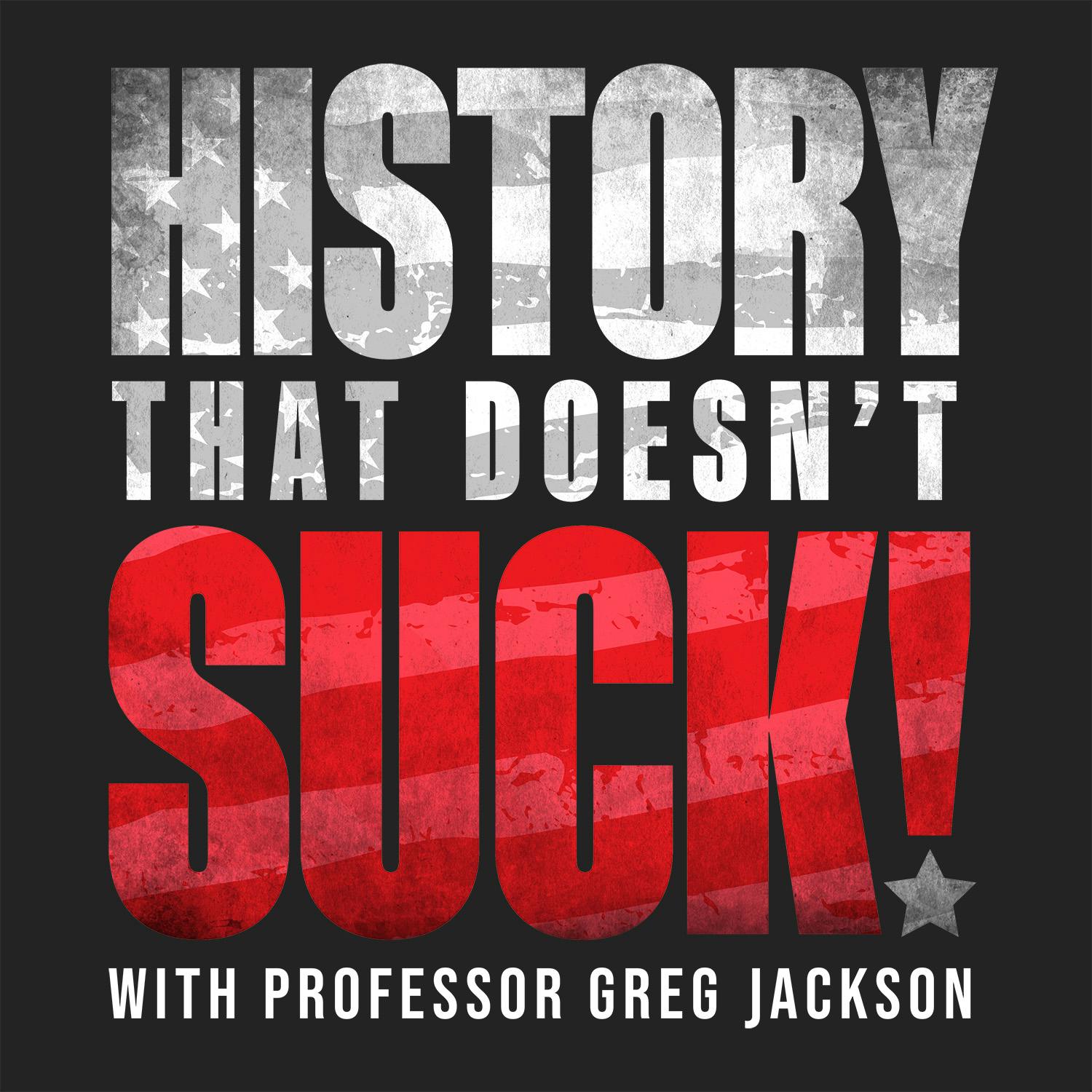
169: An Epilogue to the 1920s: Youth culture, The Great Gatsby, and more with Professor Sarah Churchwell

History That Doesn't Suck
Deep Dive
Why do we call the 1920s the Roaring Twenties?
The term 'Roaring Twenties' originated as an expression to describe young people, particularly young men, enjoying their youth. It later became associated with the decade itself, reflecting the exuberance and cultural shifts of the time.
How did the 1920s contribute to the rise of American youth culture?
The 1920s saw a rapid expansion of education, increased mobility due to cars, and economic autonomy for young women, leading to a significant gap between youth and their parents' generation. This era marked the beginning of youth culture as we know it today.
What role did mass media play in shaping the 1920s culture?
Mass media, including radio, recorded music, and movies, transformed entertainment and created a sense of shared culture. It democratized access to entertainment and allowed for the professionalization of creative work, driving new forms of art and music.
Why is The Great Gatsby considered an enduring classic?
The Great Gatsby endures because it captures the tension between America's illusions and its realities. Fitzgerald's style blends surrealism with realism, creating a heightened sensory experience that reflects the novel's themes of idealism and tragedy.
How did the 1920s influence the development of modern literature?
The 1920s saw an explosion of literary talent, influenced by the professionalization of writing and the availability of mass media. Writers like Fitzgerald and Hemingway developed unique voices, influenced by modernist art and the desire for an authentic American culture.
What impact did the 1920s have on contemporary entertainment?
The 1920s laid the groundwork for modern entertainment by professionalizing sports, creating celebrity culture, and democratizing access to movies and radio. These innovations set the stage for the entertainment industry as we know it today.
How did the 1920s reflect the desire for youthfulness in older generations?
The 1920s saw a trend where older generations sought to emulate youth culture, evident in the popularity of monkey gland injections and other attempts to rejuvenate. This reflects a broader trend in consumer capitalism targeting youthfulness.
What challenges do contemporary writers face compared to those in the 1920s?
Contemporary writers face commercial pressures that homogenize their work, driven by the need for screen adaptations. This contrasts with the 1920s, where writers like Fitzgerald and Hemingway developed unique voices despite being influenced by similar cultural shifts.
- The phrase 'Roaring Twenties' originally referred to young men enjoying their youth.
- The decade quickly became associated with the youth culture, leading to a double meaning.
Shownotes Transcript
Our last few episodes have reveled in stories of the popularization of movies, music and sports during the Roaring 1920s. In this epilogue episode, Professor Jackson steps out of storytelling mode and into classroom mode (that doesn’t suck).
To help us better understand the lasting cultural impact of this period, he’s invited Dr. Sarah Churchwell) who has written extensively about 1920s American culture, including her acclaimed book Careless People: Murder, Mayhem, and the Invention of the Great Gatsby).
The conversation with Professor Churchwell includes fascinating takeaways from the 1920s that continue to resonate in our contemporary lives. These include the rise of American youth culture and the desire by older adults to be youthful like the popularity of monkey gland injections as a predecessor to modern-day Botox injections. They talk more about the birth of Tinseltown AKA Hollywood, radio, music and enduring literature like F. Scott Fitzgerald's masterpiece, The Great Gatsby)*…*if you read it in high school but have forgotten, or if you’ve never read it, we get right to the major themes of it and why it’s still relevant today.
Connect with us on HTDSpodcast.com) and
go deep into episode bibliographies) and book recommendations)
join discussions in our Facebook community)
come see a live show)
get HTDS merch)
or become an HTDS premium) member for bonus episodes and other perks.
HTDS is part of the Airwave Media Network).
Interested in advertising on the History That Doesn't Suck? Email us at [email protected])
Learn more about your ad choices. Visit megaphone.fm/adchoices)